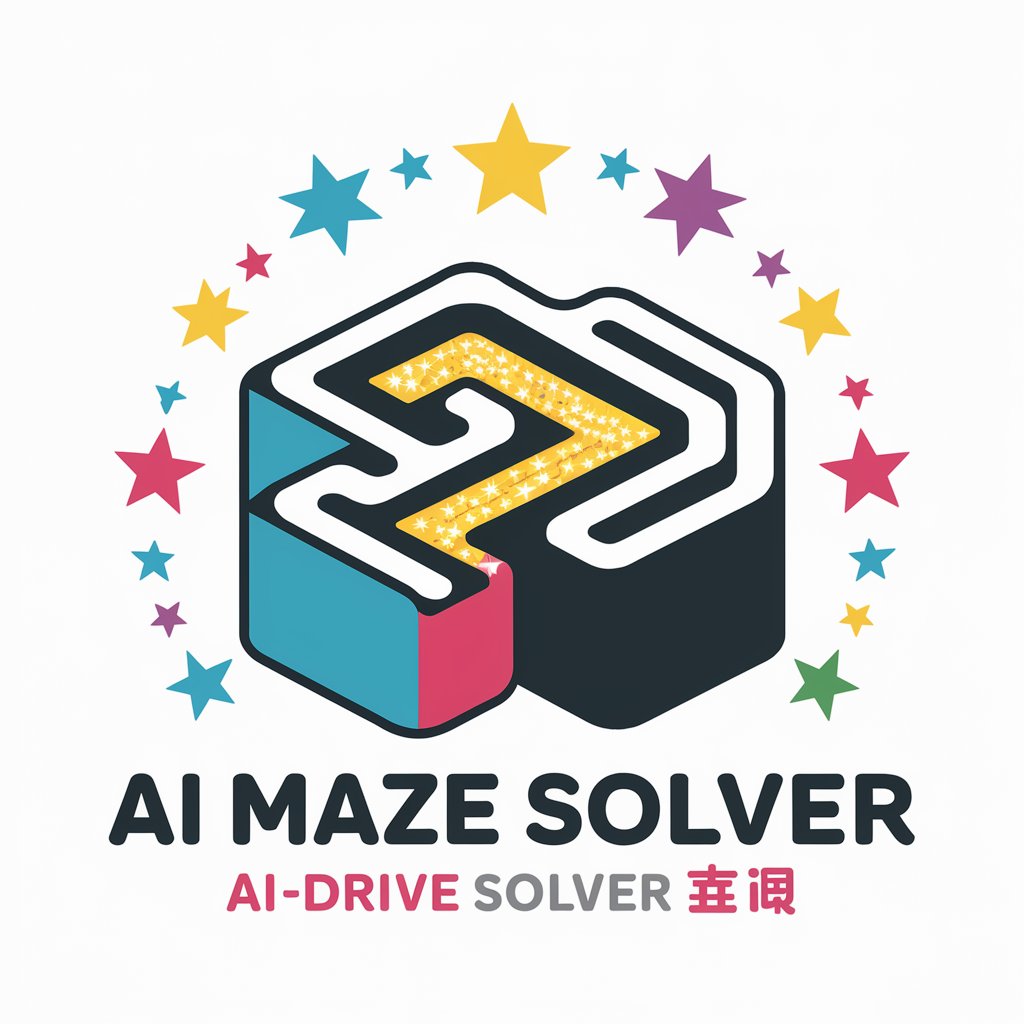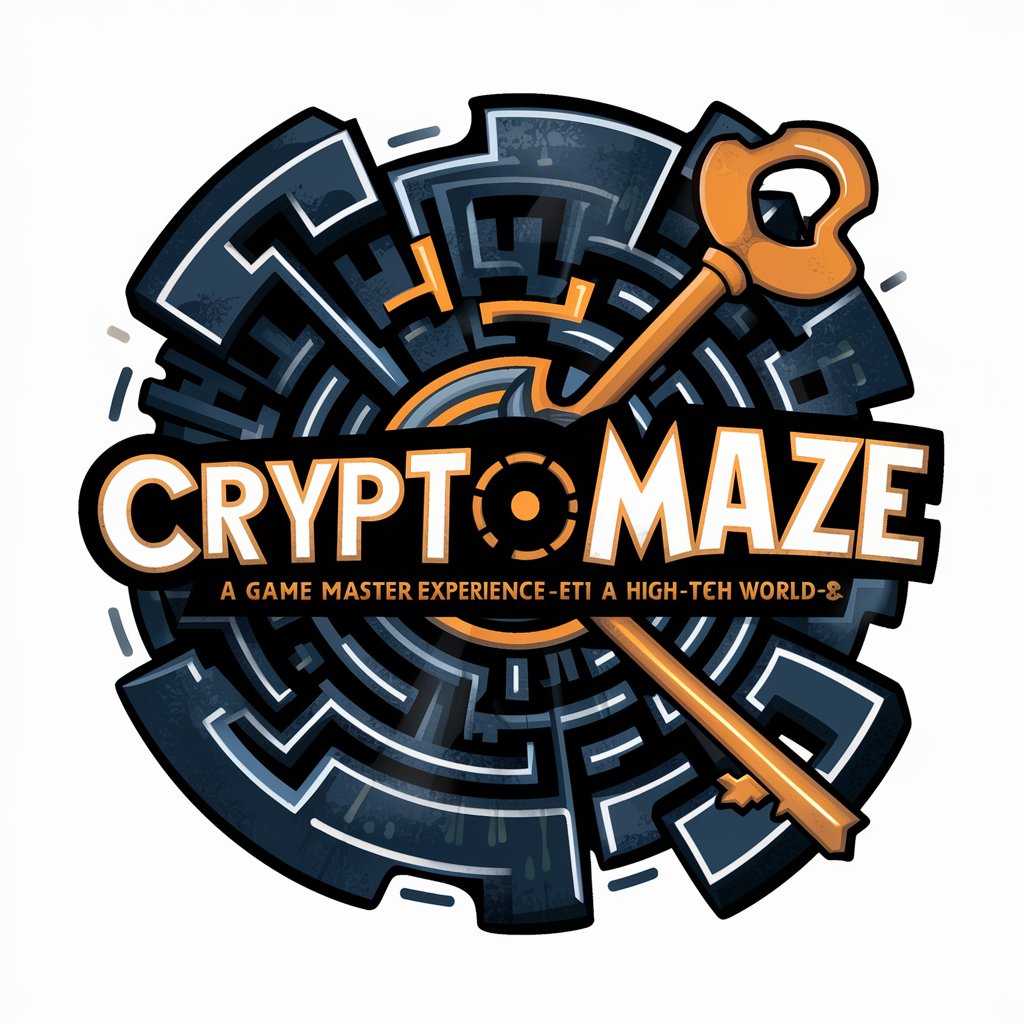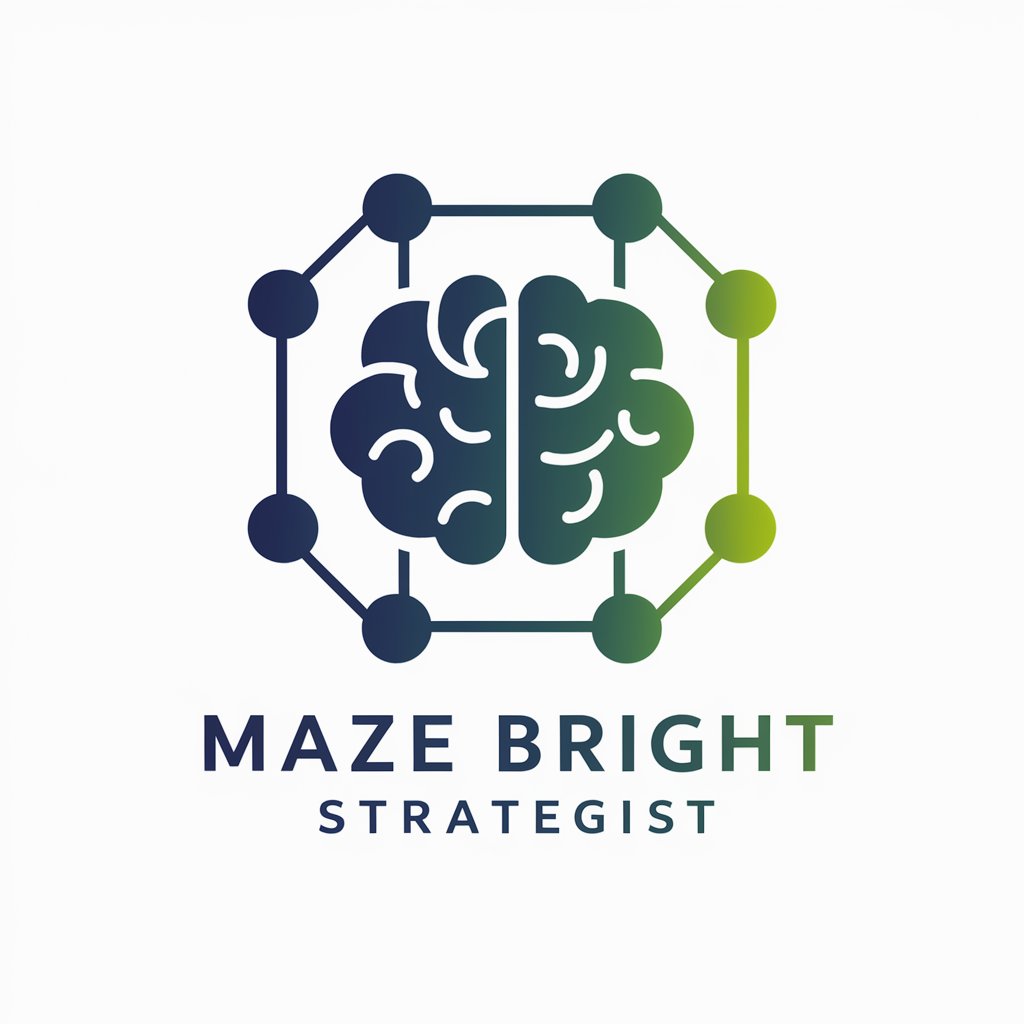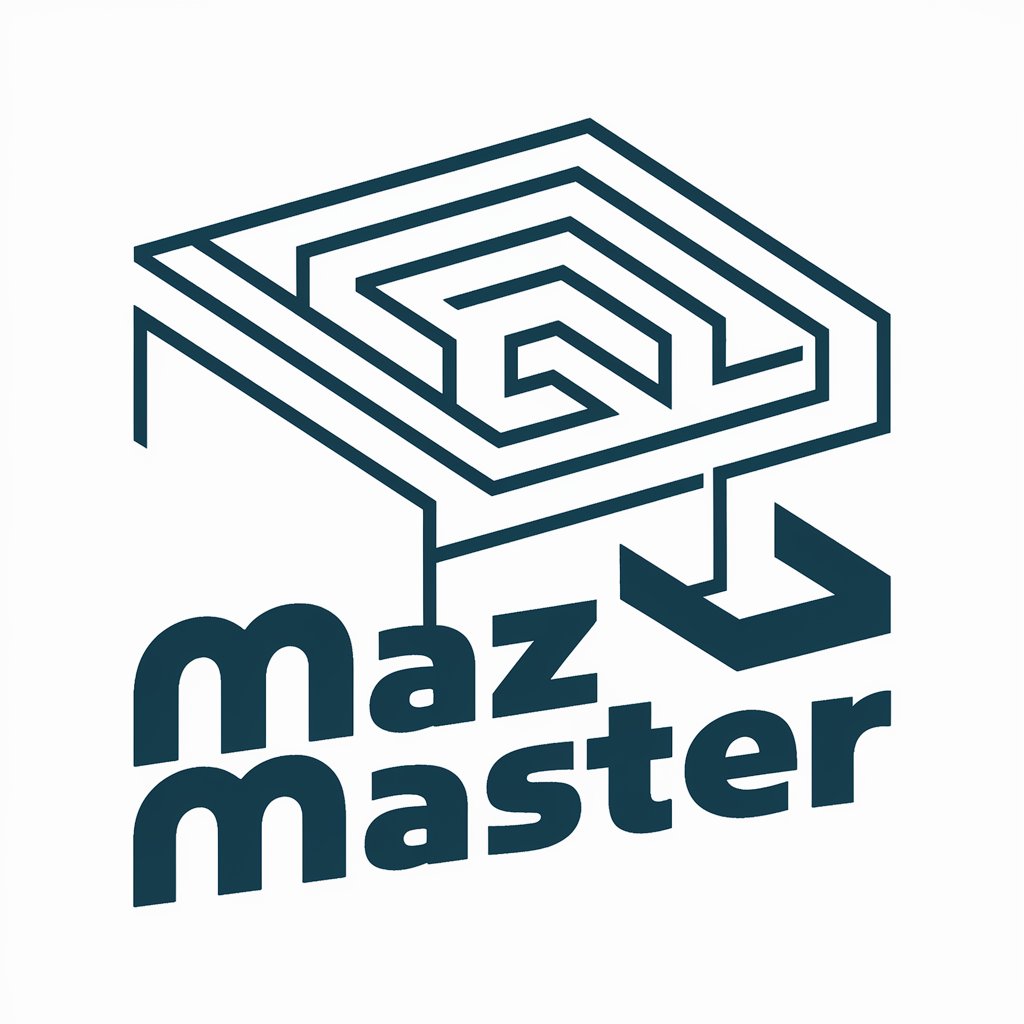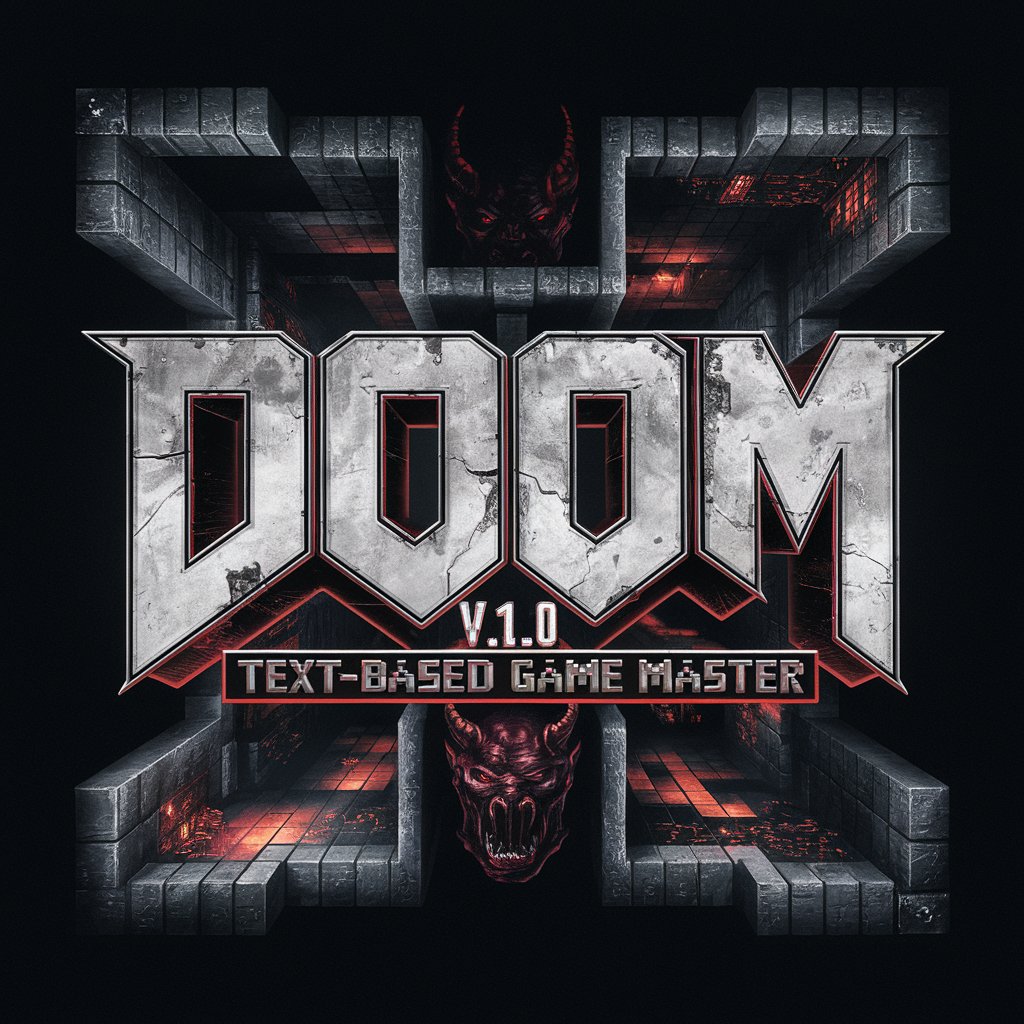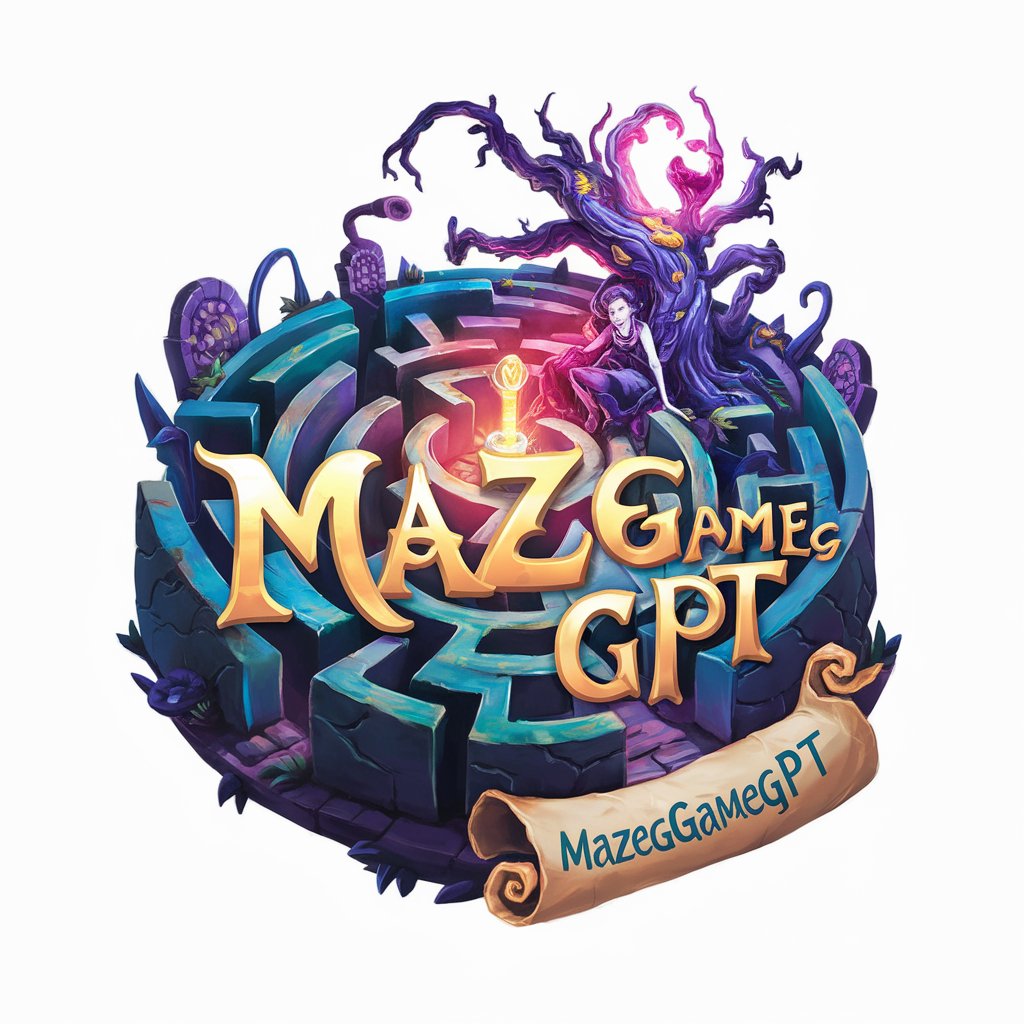
Gaze in the Maze - Engineering Education Tool

Welcome to Gaze in the Maze! Let's explore engineering together.
Master Engineering with AI-powered Simulation
Design a bridge that can withstand both heavy traffic and high winds. Consider the materials and structure.
Imagine a software application that can optimize energy consumption in smart homes. What features would it include?
Create a plan for an eco-friendly transportation system for a large city. Focus on sustainability and efficiency.
You're tasked with improving the user interface of a complex engineering tool. What changes would enhance usability?
Get Embed Code
Overview of Gaze in the Maze
Gaze in the Maze is an interactive educational tool designed to merge real-world engineering and software development challenges with visual and game-like elements. It aims to enhance learning by providing a hands-on, visually engaging experience. The game is structured around various puzzles and scenarios that not only test but also expand the player's knowledge in the fields of engineering and technology. For example, a player might be presented with a scenario involving the troubleshooting of a network in a simulated corporate environment, requiring them to apply their understanding of network topology and data flow to resolve issues effectively. Powered by ChatGPT-4o。

Core Functions of Gaze in the Maze
Interactive Problem-Solving Challenges
Example
Players encounter a scenario where they must design a cost-effective water filtration system for a developing community. They must consider factors like resource availability, economic constraints, and community needs.
Scenario
This function teaches critical thinking and application of engineering principles in a socio-economic context, reflecting real-world engineering tasks.
Visual Learning Tools
Example
A detailed visual simulation shows the impact of different architectural designs on energy efficiency in buildings.
Scenario
By manipulating variables in the simulation, users learn how design choices can significantly affect energy consumption, illustrating practical applications of environmental engineering.
Educational Feedback and Hints
Example
When a player makes an error in calculating load distribution in a bridge design, the game provides hints about correct load balancing and materials selection.
Scenario
This feedback mechanism helps players understand their mistakes in real-time and learn the correct engineering practices, enhancing their problem-solving skills.
Target User Groups for Gaze in the Maze
Engineering Students
Students studying various engineering disciplines can use the game to apply theoretical knowledge in practical, simulated scenarios, helping them understand complex concepts through interactive learning.
Software Developers
Developers at all levels can refine their problem-solving and coding skills by engaging with software-related challenges within the game, which mirror real-world issues like debugging, algorithm optimization, and system design.
Educational Institutions
Schools, colleges, and training programs can integrate Gaze in the Maze into their curriculum to provide a dynamic learning tool that complements traditional teaching methods and stimulates student interest and engagement in technical subjects.

How to Use Gaze in the Maze
Start Here
Visit yeschat.ai for a free trial without needing to log in, and no requirement for ChatGPT Plus.
Choose a Challenge
Select from a range of engineering and software development challenges tailored to various skill levels.
Utilize Visual Aids
Engage with interactive images that illustrate each scenario, enhancing understanding and retention of complex concepts.
Apply Solutions
Input your solutions to the challenges using the provided coding interface or design tools.
Review Feedback
Receive instant feedback on your answers, with hints and explanations to help improve your understanding and skills.
Try other advanced and practical GPTs
Principal Architect
Architecting the future with AI-powered design.

Website Coding Assist
Empowering Your Web Development Journey with AI
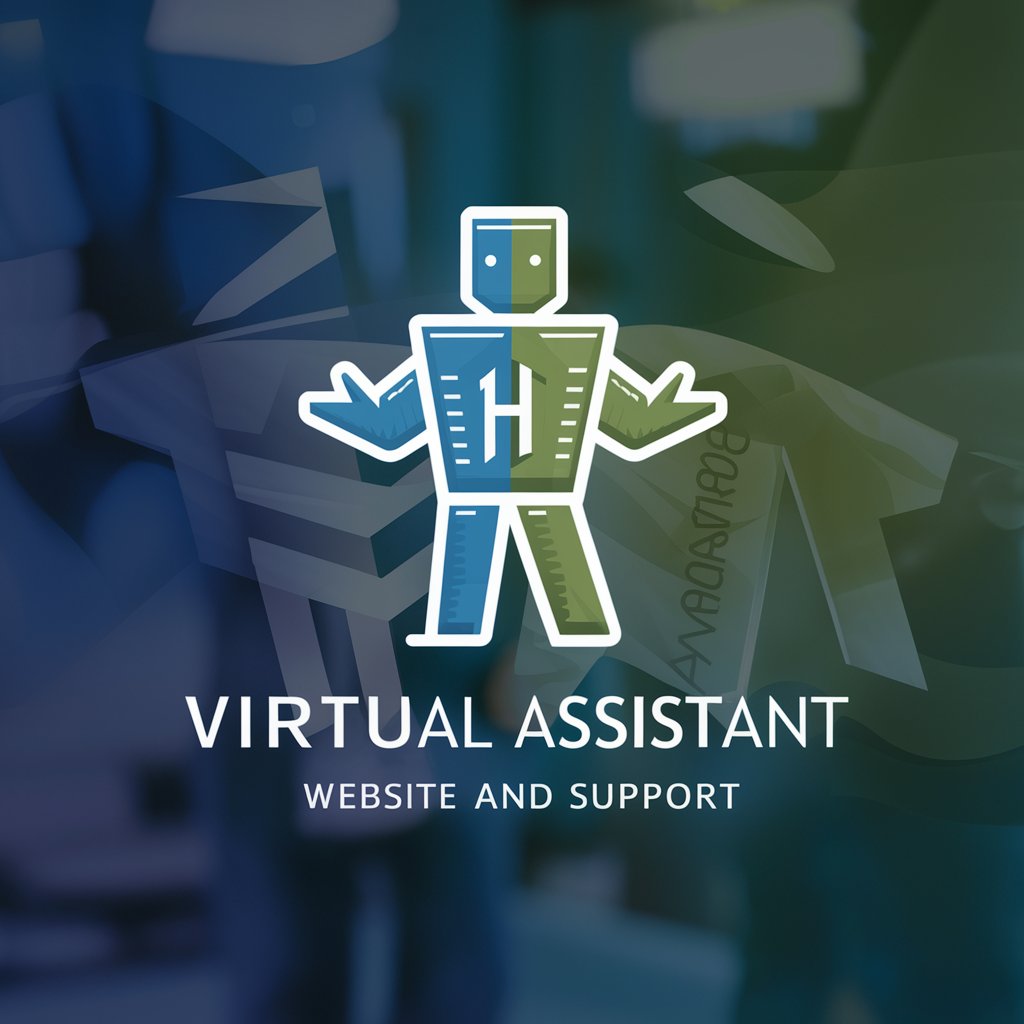
Jose Gabriel Uribe - Sacred Numbers
Unlock the divine power of numbers for spiritual insight and growth.

Trine (Trend Routine)
Unveiling the Unconventional with AI

TRIBE OF MENTORS
Unlock wisdom with AI-powered mentor insights.
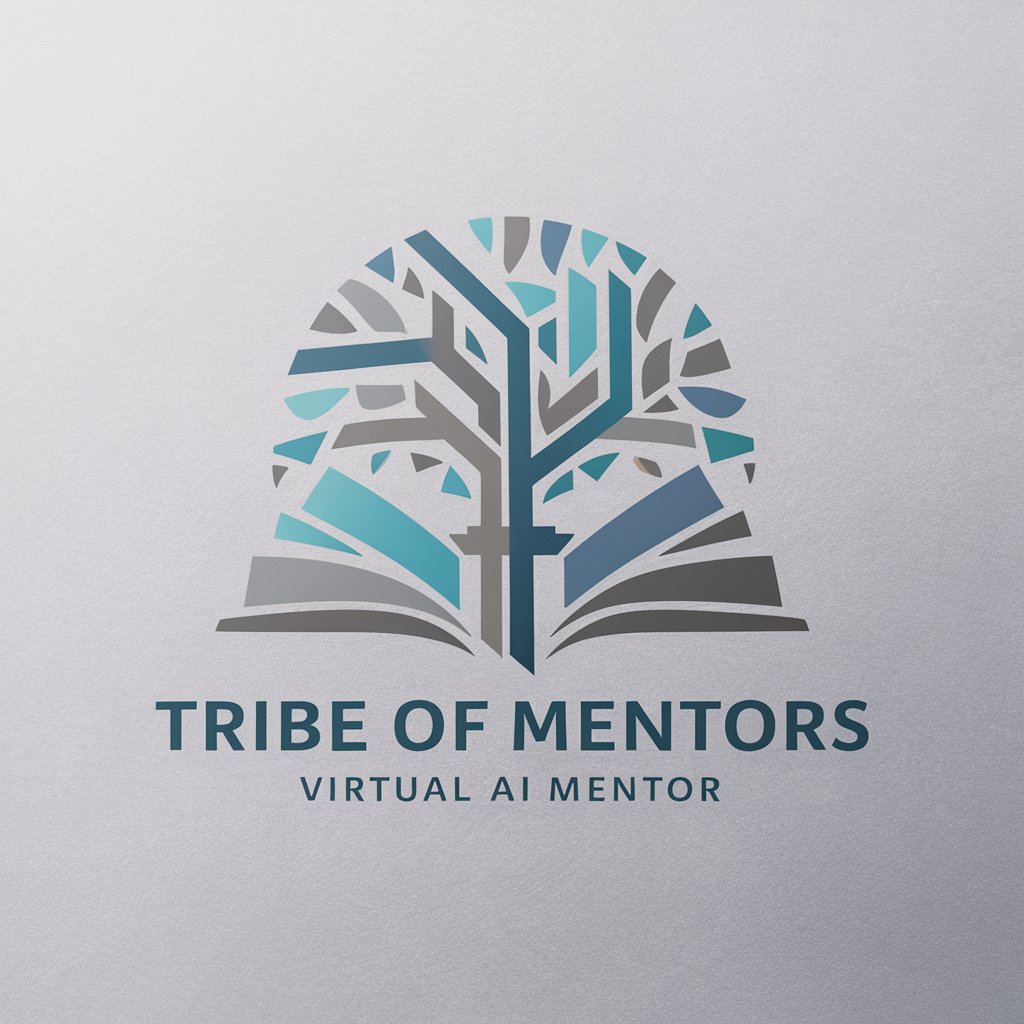
Prehistoric Tribe
Step into the past, explore prehistoric wisdom.
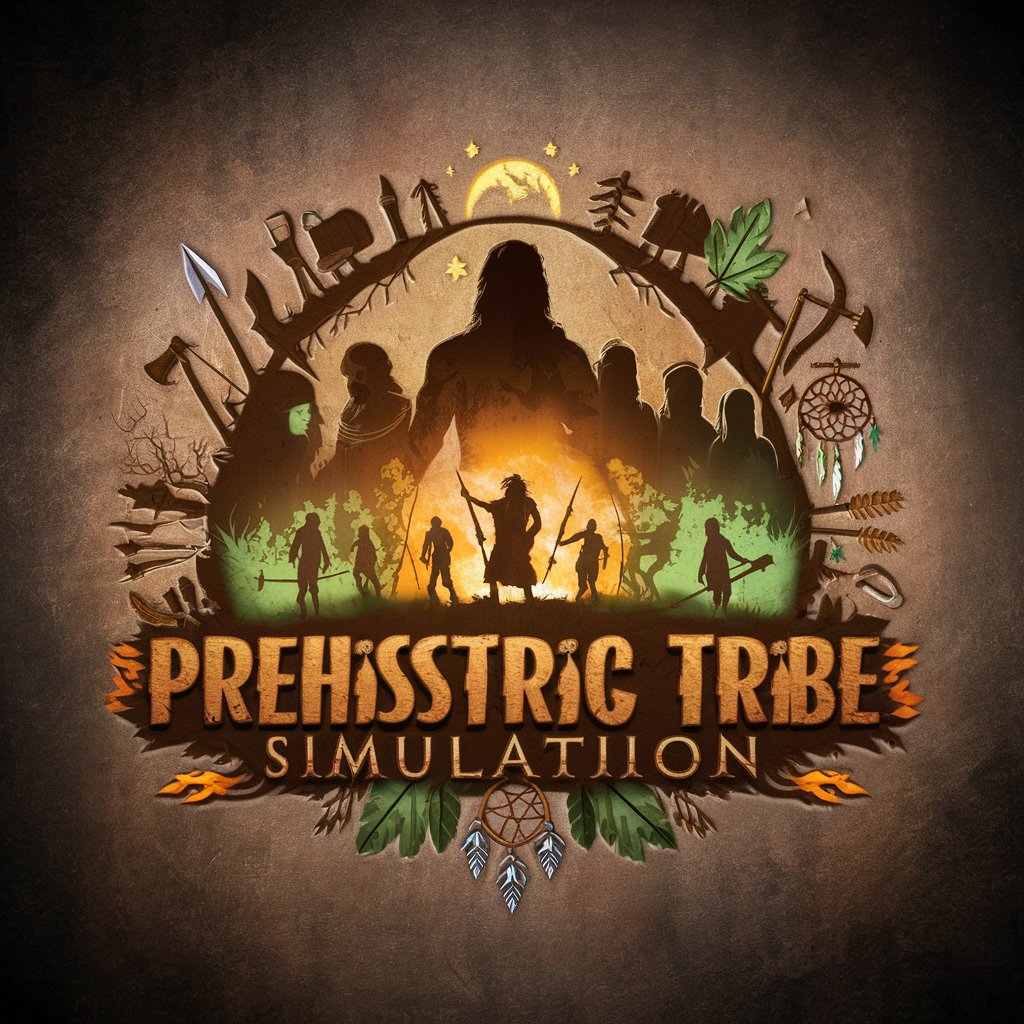
Visual Insight Analyst
Enhance visibility with AI gaze insights

Gazette
Bringing AI Glamour to Your Screen

Gizmo Gazer
Powering Innovation with AI Tools

Official Gazette Government Philippines
Unveil the Power of Legal Information

Star Gazer
Explore the Stars with AI

Gaming Gazette
Your AI-powered gaming companion.

Frequently Asked Questions About Gaze in the Maze
What makes Gaze in the Maze unique compared to other educational tools?
Gaze in the Maze uniquely combines real-world engineering scenarios with interactive visual aids, offering an immersive learning environment that emphasizes ethical engineering practices.
Can I customize the difficulty of the challenges in Gaze in the Maze?
Yes, the platform allows users to select challenges based on their skill level, making it suitable for everyone from beginners to experienced professionals.
Is Gaze in the Maze suitable for academic environments?
Absolutely, it's an excellent resource for educational institutions looking to integrate real-world problem-solving skills into their curriculums.
How does Gaze in the Maze handle user progression?
The tool tracks user progress, offering increasingly complex challenges as users enhance their skills, ensuring continuous learning and development.
What support does Gaze in the Maze offer if I get stuck on a challenge?
The platform provides detailed hints and contextual feedback on mistakes, helping users learn from their errors and succeed in future attempts.
